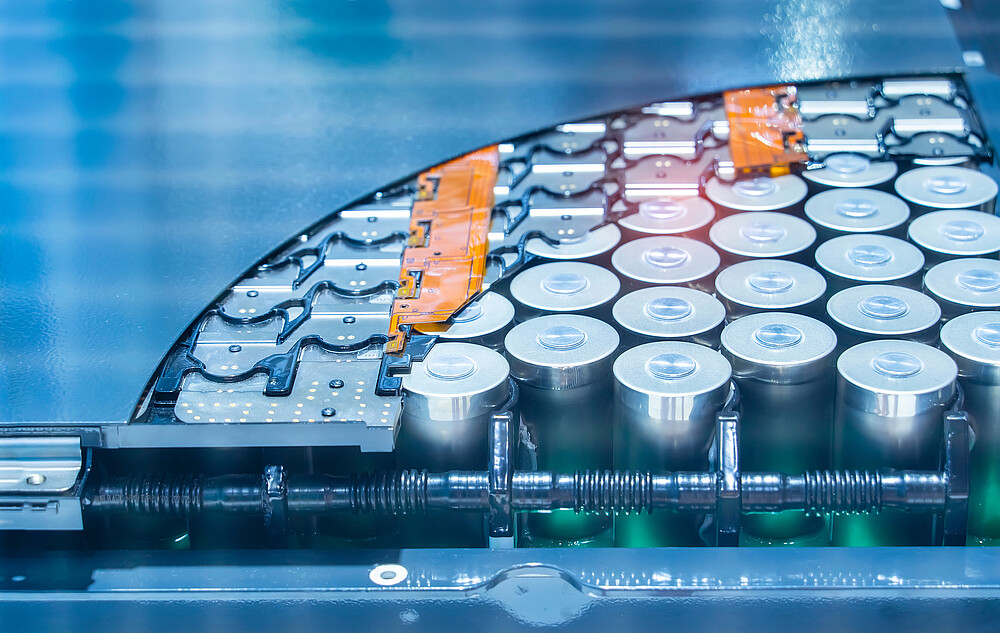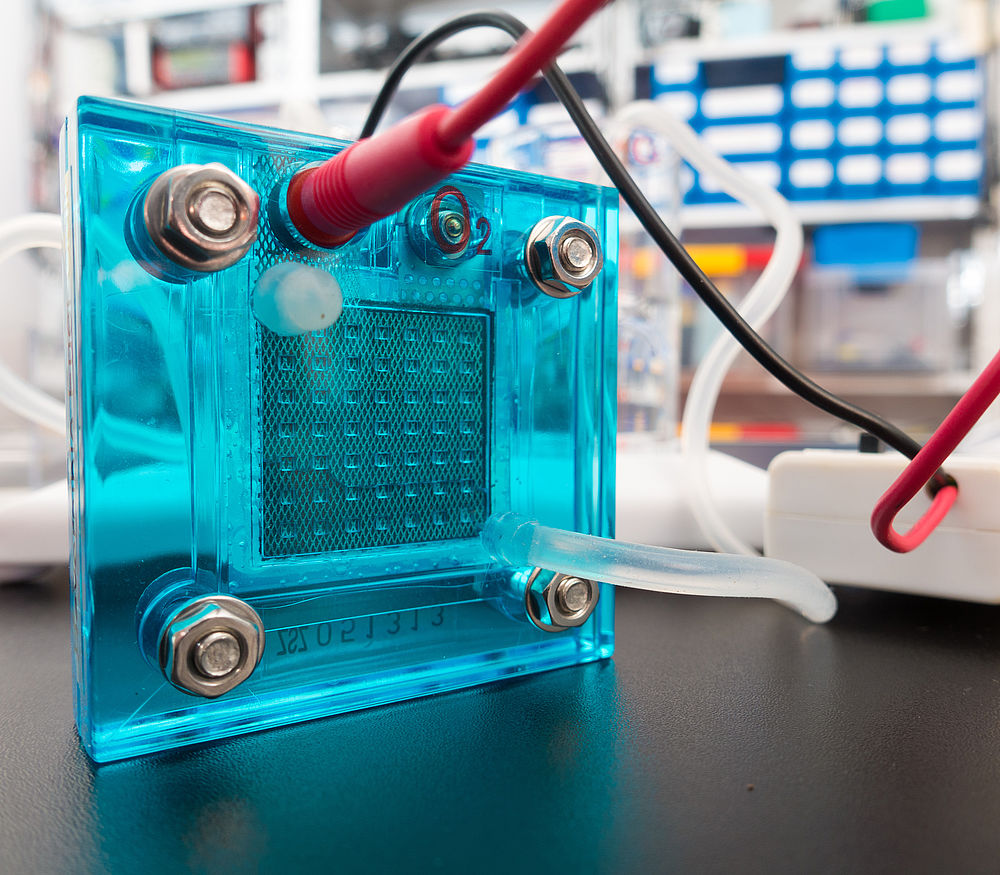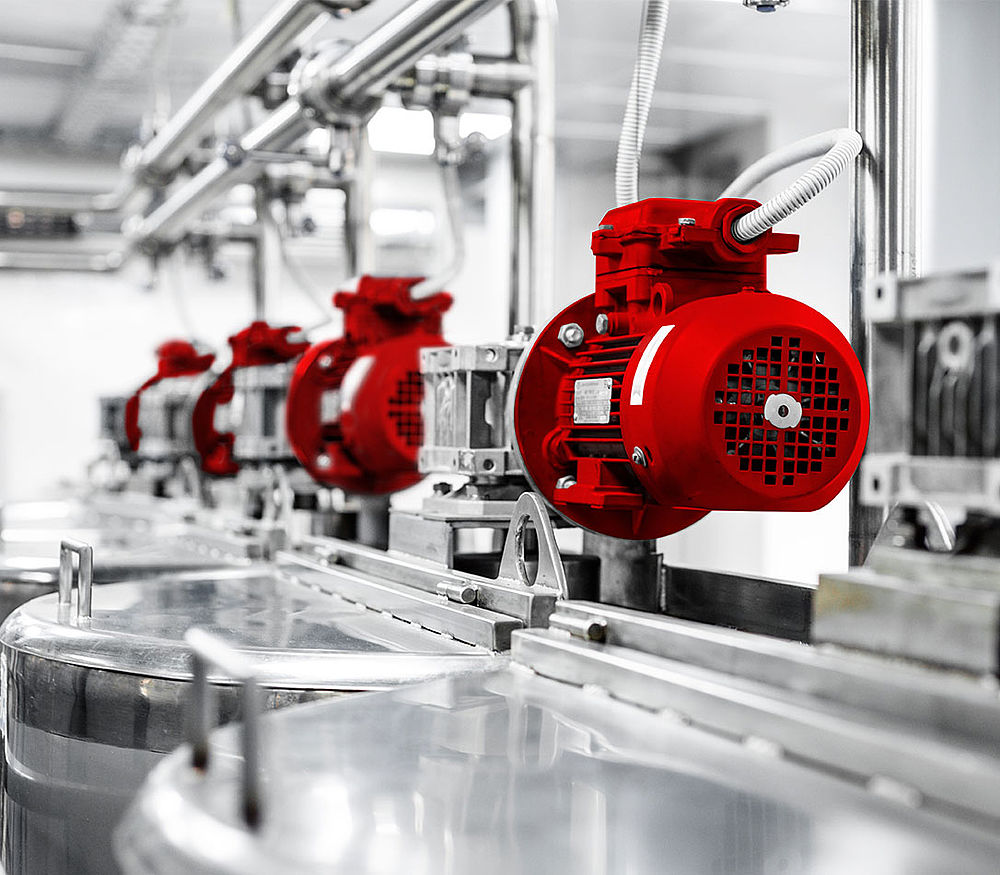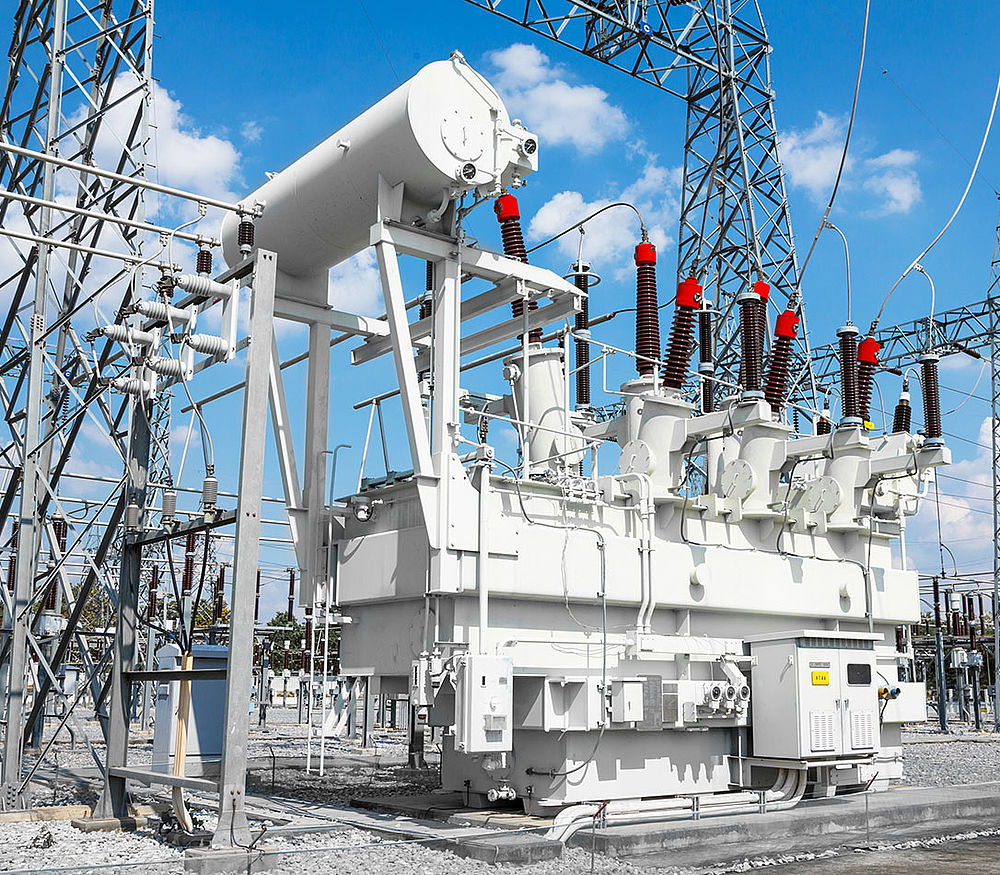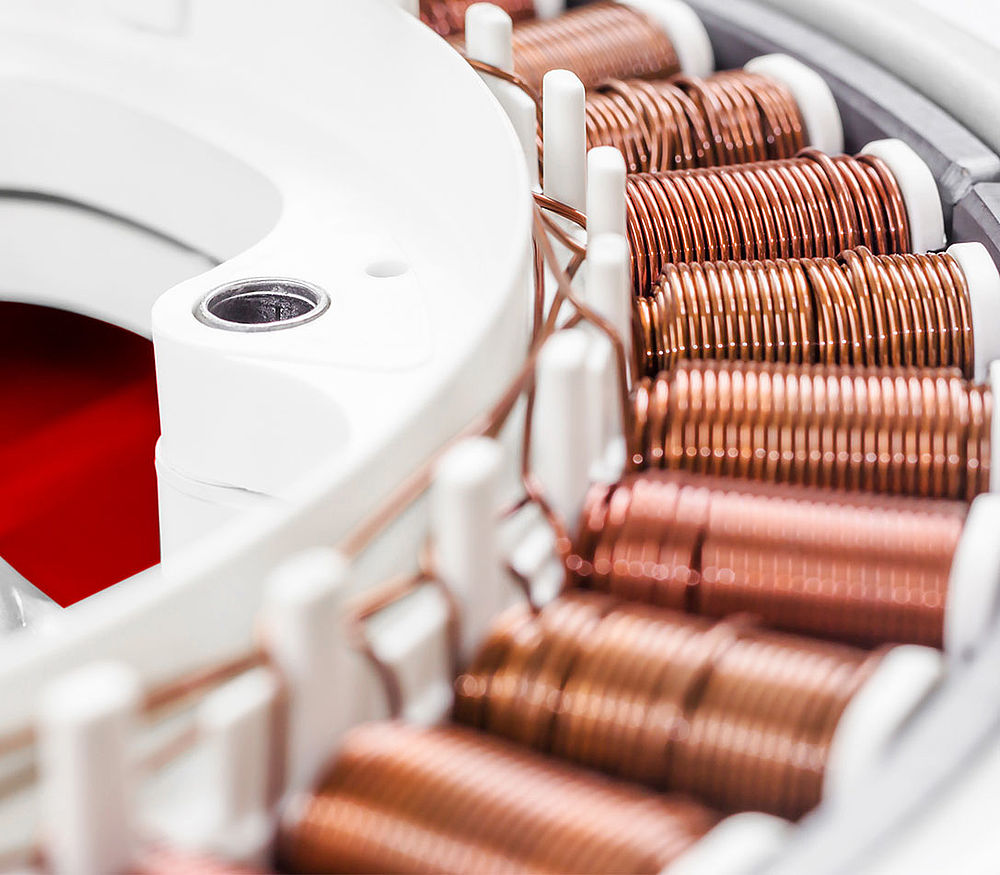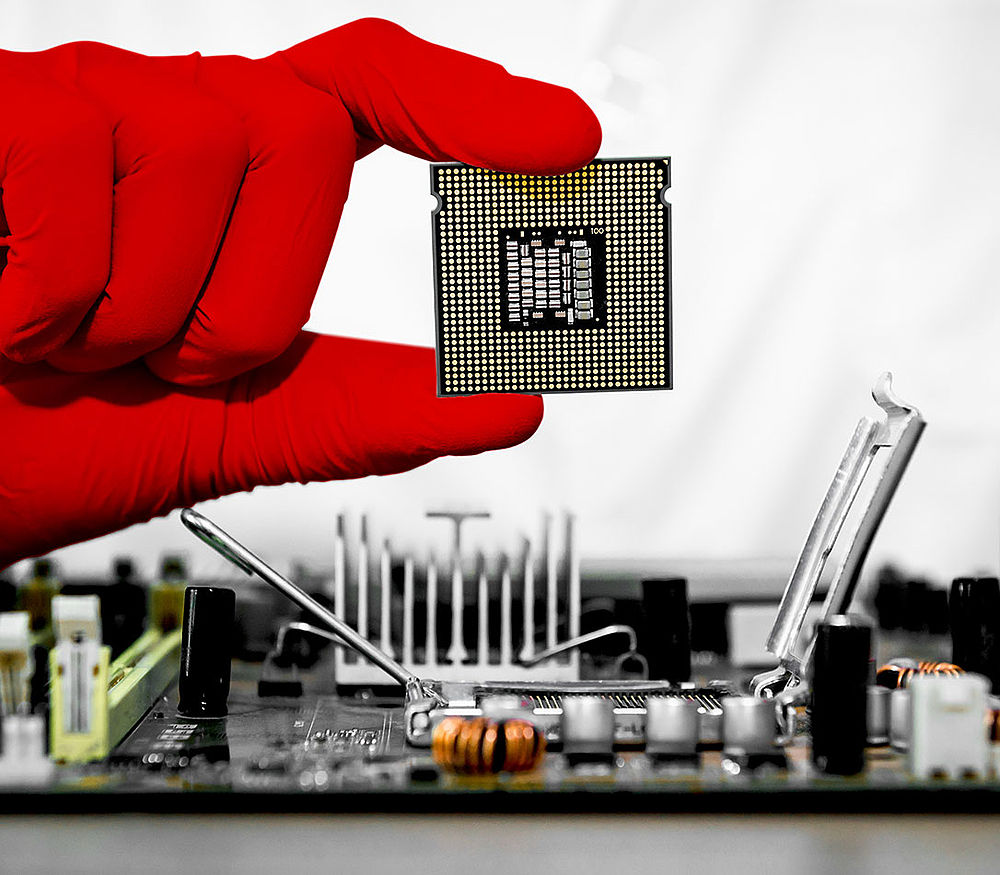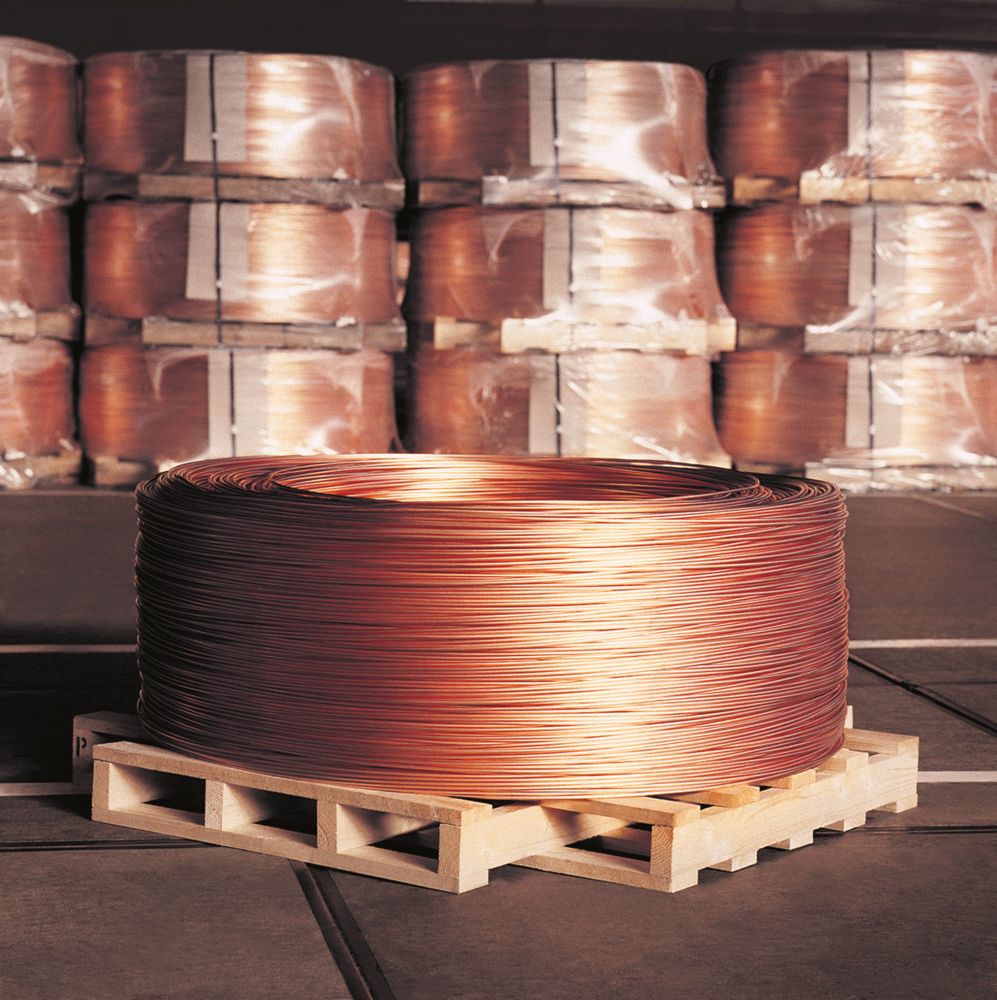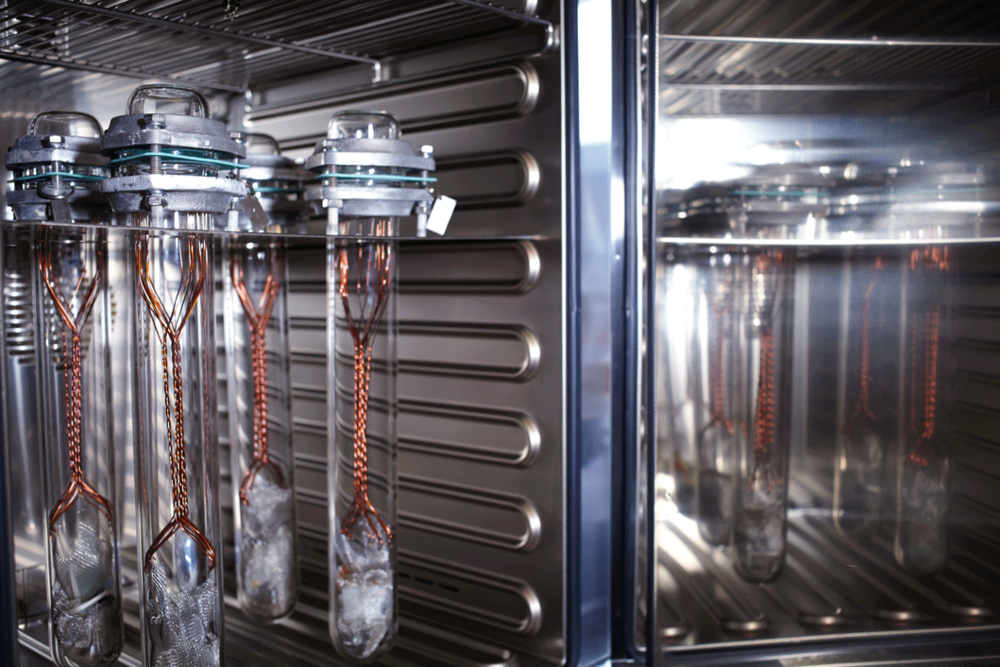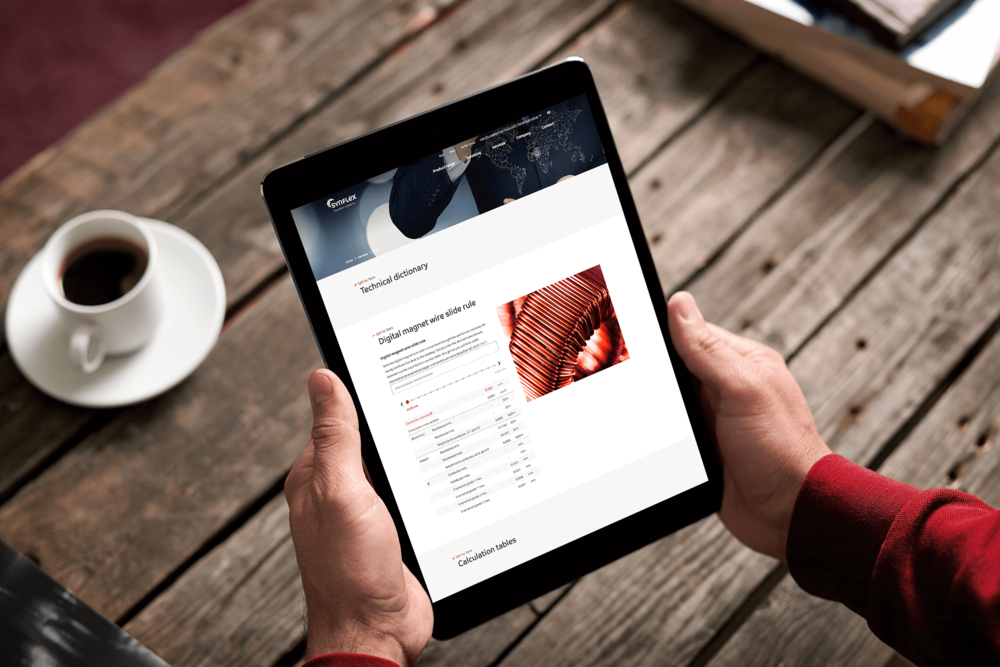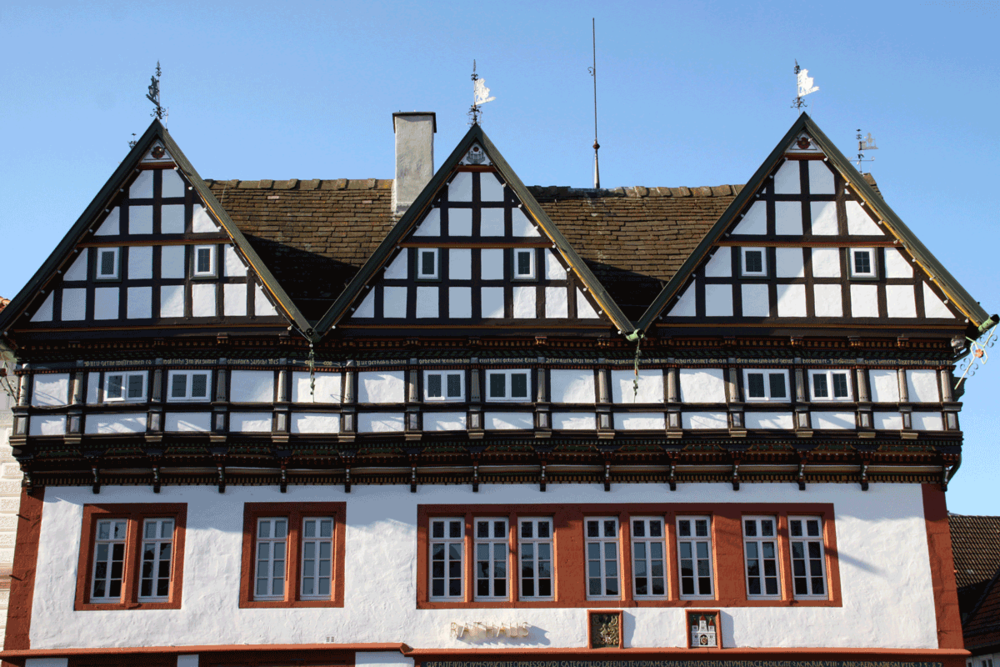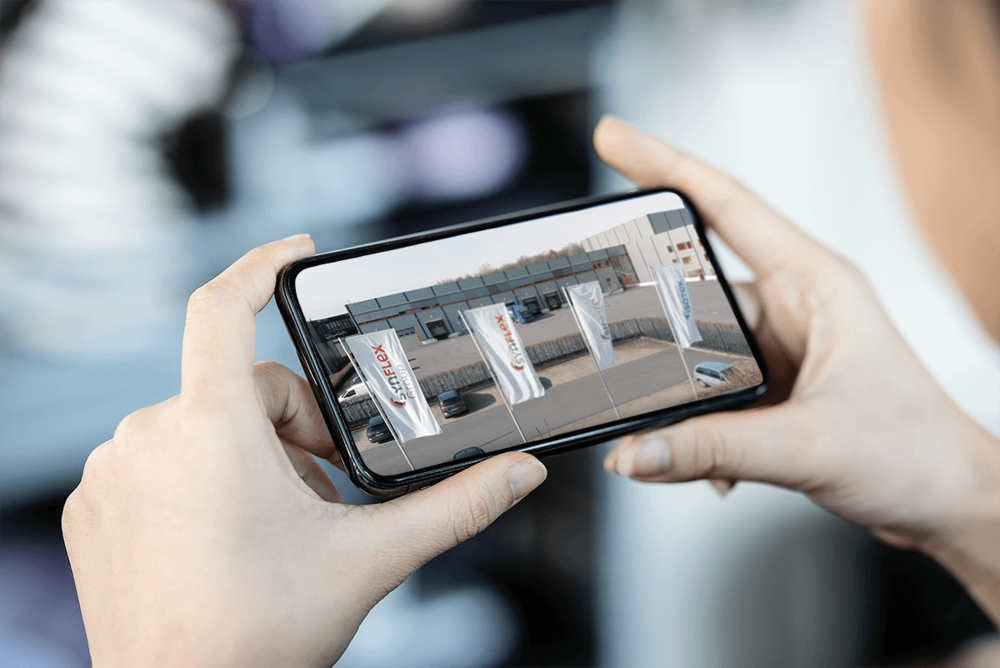SynWrap – Wrapping Tapes Polyglas tape
Polyglas tapes are winding tapes with a carrier made of parallel glass yarns, pre-impregnated with a special thermosetting polyesterimide resin. The banding tape forms a mechanical loop to hold coils in place against centrifugal forces and replace metal armature or steel bands.
Polyglas tape can be used for electrical insulation; it can be thermally self-bonded and is characterised by an extremely high mechanical resistance, high tensile strength and a very low loss.
Application
Polyglas tapes are suitable for banding all kind of motor rotor coils and overhangs. They are used for tying cores, coils and columns of dry and oil transformers, for collectors, and for bracing and locking any kind of form wound coils and parts. The banding tape holds the parts safely in place during the conditions experienced during long-term operation. Polyglas tape is supplied in B-stage (semi-cured), so it is smooth and easy to apply. When curing, the resin flows to fill any voids and join the layers of tape to one homogeneous, stiff and hard mass.
The main advantages of Polyglas tapes in comparison to steel wire bandages are:
- Electrical insulating material
- Outstanding long-term (fatigue) mechanical properties
- Eddy currents proof material, locally not exposed to overheating
- Elimination of flashovers among windings and steel bands
- Saving in insulating materials and in weight
- Saving in material costs and in process costs through reduced application time
- Eliminates danger of lashing metal if broken under stress during application
Standards
Type P30 - class F (155 °C)
Type H200 - class H (180 °C)
Delivery forms
Length 100 m or 200 m
Standard width: 6.5, 10, 20, 25, 30, 38, 50 mm
Other widths on request
Hardening
Note for hardening:
The necessary time to achieve the requested temperature of the object is not included into the table.
Processing
Before opening the packing, let the tape reach room temperature. By using a suitable tensioning device, the tape has to be applied at a temperature ranging from 80 to 100 °C as well as with a banding tension of 800-1000 N/cm. Banding speed of around 10 m/min to be applied.
This procedure is a must to get the best banding performances and to obtain an optimal residual banding tension in the cured bandage.
A proper locking of tape to secure the pull applied during bandage must be performed by fastening the tape before starting banding and by fixing/soldering the end of the tape (e.g. hot iron). To obtain a shiny surface after curing, a masking procedure with normal or shrinkable polyester foil is suggested. This also allows a controlled flow of the resin during curing, avoiding any bubble or lump on the surface.
Once any masking material is removed, the grinding operations must be strictly limited to the external surface of banding and a thickness of a few tenths of mils. It is strongly recommended to enquire specialised suppliers and manufacturers of tooling for boring, grinding and shaping the surface.
Technical data
| Property | Unit of measure | P30 | H200 | Test method |
|---|---|---|---|---|
| Thickness | mm | 0.30 ± 0.03 | 0.30 ± 0.03 | IEC 60371-2 |
| Weight | g/m² | 550 ± 50 | 550 ± 50 | IEC 60371-2 |
| Volatile components | % | 1.25 ± 0.75 | 1.25 ± 0.75 | IEC 60371-2 (5 min/ 150°C) |
| Resin content | % | 26 ± 2 | 26 ± 2 | IEC 60371-2 |
| Tensile strength | N/cm | ≥ 2500 | ≥2500 | IEC 60394-2 |
| Storage temperature and shelf life at 10 °C | months | 18 | 18 | |
| Storage temperature and shelf life at 20 °C | months | 6 | 6 |
| Property | Unit of measure | P30 | H200 | Test method |
|---|---|---|---|---|
| Thickness | mm | 0.28 ± 0.03 | 0.28 ± 0.03 | |
| Minimal tear force | N/cm | ≥ 2500 | ≥ 2700 | at 20°C * |
| Minimal tear force | N/cm | ≥ 1800 | ≥ 1800 | Thermal class F, resp. H * |
| Property | Unit of measure | P30 | H200 | Test method |
|---|---|---|---|---|
| Thermal class | °C | 155 | 200 | IEC 60085 |
| Property | Unit of measure | 160 °C | 150 °C | 135 °C | 120 °C |
|---|---|---|---|---|---|
| Polymerisation time | P30 | 2.5 h | 3 h | 5 h | 14 h |
| Polymerisation time | H200 | 2.5 h | 3 h | 5 h | 14 h |
You have questions according to our wrapping tapes or want to send an inquiry?
Our product manager will be happy to help you.
